By Amanda J Felkey, PhD
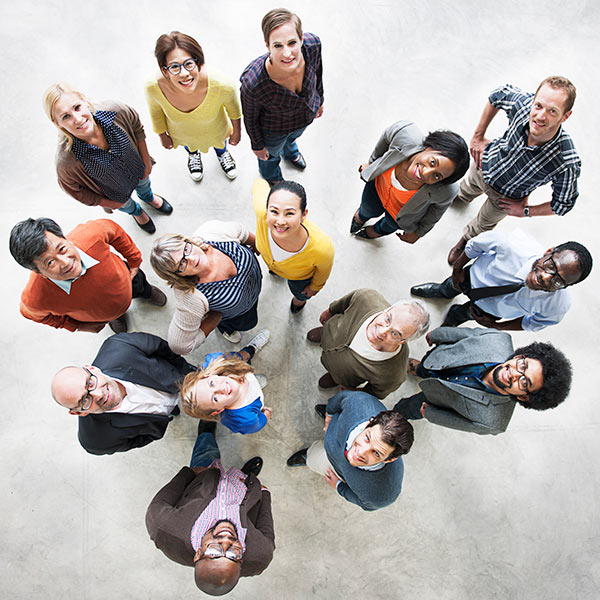
This evidence-based solution transfers inclusion work to the individual, and focuses on changing behaviors and habits. The program is designed to help individuals be proactive in making their behavior more inclusive through six habit-building phases—embracing that inclusion matters, understanding biases and their sources, dispersing the negativity associated with unconscious biases, practicing thinking more deliberately, reprogramming incorrect intuitions about others, and becoming more empathetic. It uses small daily activities designed to mitigate biases and microaggressions, while creating new habits of understanding, empathy, and inclusion.
The Limits of Policy and Programming
Enhancing inclusive behavior needs to be propelled by companies, but start with individuals. The workplace is the best place to enhance inclusive behavior. Indeed, it is likely the only place to make strides toward a more inclusive society. In all other facets of our lives, we surround ourselves with people who are like us—our family members are like us, we choose friends who are like us, we live near people who are like us, and we go to church with others like us. Dr. Martin Luther King noted that 11 a.m. Sunday morning is the most segregated hour in America. For most of us, work is the only place that is truly diverse, making it the corporation’s responsibility to arm employees with the resources necessary to face diversity, embrace diversity, understand diversity, and be inclusive of diversity.
Inclusion policy will likely be ineffective, given that those who currently hold the most social, political, and economic power are not representative of the general population. For example, broadly considering the dimensions of race and gender, the following figures demonstrate the lack of equitable representation among those in power. If our power pipeline is not filled and fostered to be representative, then those sitting at our policymaking tables do not have experiences that encompass those of our whole society and there is little hope they can design truly inclusive policies. A 2017 survey of American tech workers confirms that individuals agree the government is not the key to meaningful changes in inclusion (Atlassian, 2017).
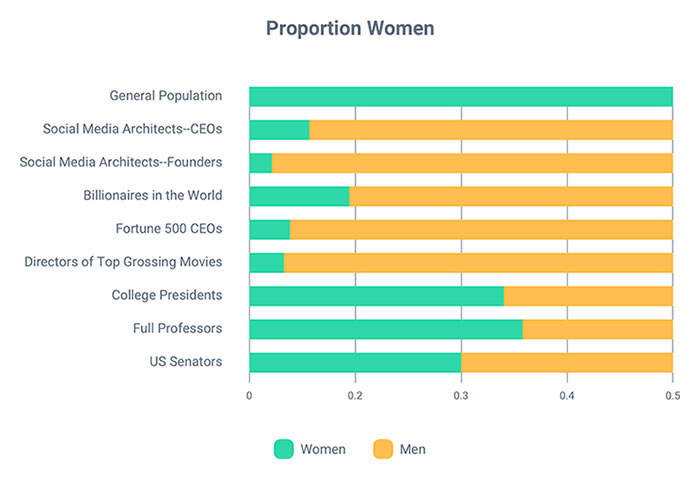
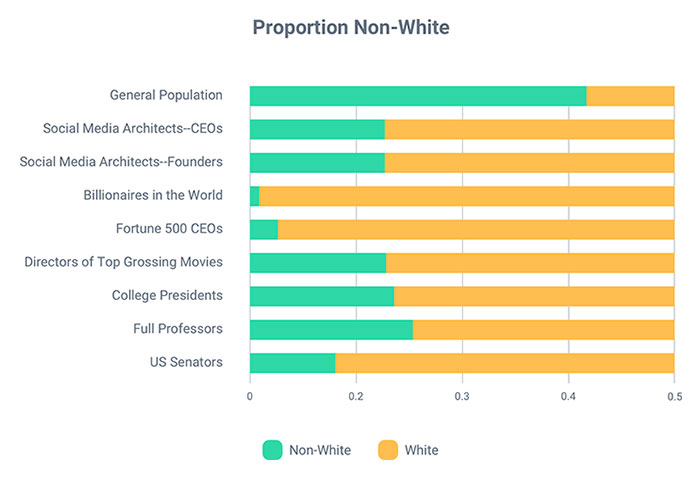
Note: Statistics come from CAWP, 2019; Chronicle of Higher Education, 2018; Moody, 2018; Blauvelt, 2019; Frank, 2018; Brenner, 2018; US Census, 2018.
To date, companies have relied heavily on programming—speakers, training, and workshops—to introduce their workers to ideas about diversity and enhance inclusion in their workplaces. While programming is a cost-effective way to convey information to large numbers of people, it is limited in effectiveness for two reasons.
First, programming does not accommodate the way humans learn and retain information. Models of information retention, beginning with the Ebbinghaus classic forgetting curve from the 1880s, demonstrate that the effects of mass communication of persuasive ideas are subject to rapid decay (Hill et.al., 2013; Murre & Dros, 2015). This is exacerbated by the fact that recollection is far more robust and accurate when we see and do something, rather than when we simply hear it. Remember the Chinese proverb: “Tell me and I’ll forget. Show me, and I may remember. Involve me, and I’ll understand.”
Second, awareness does not automatically translate into changes in behavior. This translation into action is especially limited in the realm of inclusion, where we have unconscious biases and our fast thinking (our intuition or gut reaction) is not always in line with our slow thinking (our deliberate decisions, intentions, and values). Since our brains operate as efficiently as possible, when we are performing difficult tasks, multitasking, or are under time constraints, we rely more heavily on our fast thinking, allowing our biases to creep into our decisions.
Moving beyond programming is essential for companies because its ineffectiveness is beginning to wear on workers. A 2018 survey showed that workers prioritize fostering inclusion and diversity, but are becoming tired of simply talking about its importance (Atlassian, 2018). They are frustrated that programming does not generate meaningful action and create sustainable change.
Building an Inclusion Habit
Inclusion needs to be tackled at the individual level by becoming a new habit. If we successfully address inclusion at the individual level, the power pipeline will be filled and fostered to be representative of our general population. Through the pipeline, individuals will bring those inclusive ideas to our decision-making tables, and changes in the social design will follow. These changes will reinforce the original individual change toward inclusivity.
Genuine individual change requires new habits that come from self-understanding, consistent attention, and repeated effort. By performing reflection tasks, as well as action tasks, individuals can create a habit of being inclusive. Reflection tasks will raise self-awareness and allow individuals to be more conscious of their actions. Action tasks will facilitate the expansion of an individual’s comfort zone, provide him or her with authentic interactions with others, and enhance understanding across social barriers.
The habit-based inclusion solution summarized below is designed to help individuals make their behaviors more inclusive by (1) embracing the idea that inclusion matters, (2) understanding biases and their sources, (3) dispersing the negativity associated with unconscious biases, (4) practicing thinking more deliberately, (5) reprogramming incorrect intuitions about others, and (6) becoming more empathetic. The six habit-building phases of this solution use evidence and methods on the frontiers of research to provide small daily activities that will modify behavior and create new habits of understanding, empathy, and inclusion. Given how individuals retain information, this solution has the potential to take us beyond the limits of D&I programming.
Phase 1: Why Inclusion Matters.
In order for an individual to engage in creating a new habit, she or he must believe the new habit will be beneficial. This phase will create an accurate understanding of the advantages of inclusion, as well as the current status of inclusion and diversity in today’s workforce. The tasks will ask individuals to personalize and operationalize this information, so they can enhance their acknowledgement of advantage and grow positive perceptions of diversity and inclusion. The goal is for individuals to believe that inclusion is an issue worth being diligently addressed by new habit formation.
Phase 2: Understand and Recognize Biases.
Before individuals can start to create new habits that will override their biases, they need to know what biases they hold, what parts of their intuition are incorrect, and when those biases creep into their decisions and actions. This phase will equip individuals with diagnostic labels for biases and behaviors that are readily accessible, making biases easier to identify, recognize, understand, and anticipate. It will also promote self-awareness as individuals identify, and reflect on the origins of, their biases.
Phase 3: Disperse the Negativity.
Biases and discrimination are surrounded by negativity that propagates self-defensive reactions. For example, being or acting racist is so fraught with negative emotion that when we have a racially biased thought, we immediately shut down and devote attention to explaining why and how we are not racist, rather than critically examining that bias or systematic error in our thinking. Since, in large part, our biases are artifacts of the architecture of our brain and the social systems into which we were born, we can work to mitigate much of the negativity accompanying these thought errors. In order to minimize the defensive avoidance responses, this phase will focus on normalizing biases and creating self-affirming behaviors, so biases are no longer denied, but rather, examined and challenged.
Phase 4: Practice Thinking Slow.
Our slow thinking is deliberate, informed, and contentious—it is responsible for most of our decisions and actions. When conditions allow, our slow thinking will filter, modify, and maybe even censor our fast thinking or intuition, where biases reside. Slow thinking is what keeps our actions in line with our intentions and values. This phase will teach individuals to recognize situations in which they are more likely to make decisions based on their biases and help them practice thinking more deliberately in those circumstances.
Phase 5: Reprogram Fast Thinking.
Relying on our fast thinking is inescapable. In fact, it is indispensable, as it is what allows you to perform at a high level. Since fast thinking is essential, individuals need to diligently examine their intuitions to ensure that they are providing correct, unbiased information. This phase will help individuals create new intuitions that will override old biases. Since our implicit attitudes are malleable, the goals of this phase are to challenge what we know about people different from us, change our intuition about other groups of people, and create intuitions that focus on individual attributes rather than group stereotypes. With new correct intuition, individuals will act more inclusively, even when they are thinking fast.
Phase 6: Enhance Empathy.
Practicing empathy is important to being inclusive for two reasons: (1) Enhancing our ability to truly understand others will allow us to build more correct intuition and fast thinking in the future, ensuring that we do not create more biases; and (2) Empathy, including listening well and picking up on unspoken cues, will allow us to be inclusive of the diversity we cannot see, the diversity people do not explicitly share. This phase will encourage individuals to expand their comfort zone to interact authentically with people different from themselves, communicate with a goal of understanding, and cultivate a curiosity about others.
Behavior Change Technology
Since individuals have a hard time following through with commitments that are onerous, ProHabits provides a platform that can make inclusive behavior change possible. It delivers small daily activities called MicroActions to individuals via text message or email. The platform uses commitment devices and social accountability to encourage individuals to complete the tasks and create new habits of inclusion. ProHabits creates a habit loop for inclusive behaviors—a cue, a routine, and a reward. In order for a new habit to take hold, individuals must crave the reward when they receive the cue. And ProHabits provides a reward most of us already crave—interaction on a social media feed.

Even if an individual is too busy on any given day to commit to or complete the MicroAction, receiving these small tasks daily primes the users thoughts to be more inclusive, encourages slow thinking that is in line with intentions, helps overwrite biases by repeated exposure to correct information, helps dispense with the negativity that keeps one from acknowledging and attending to biases, and enhances the empathy that allows an individual to be inclusive even of the diversity that cannot be seen.
Finally, ProHabits has a social element that creates communities around inclusion, leveraging the fact that change embedded in social groups is much easier. Communities for change can create a belief that change is possible, making actual change more likely. These communities provide encouragement and social accountability, and give individuals the opportunity to see the accomplishments of others, making their own change more tangible.
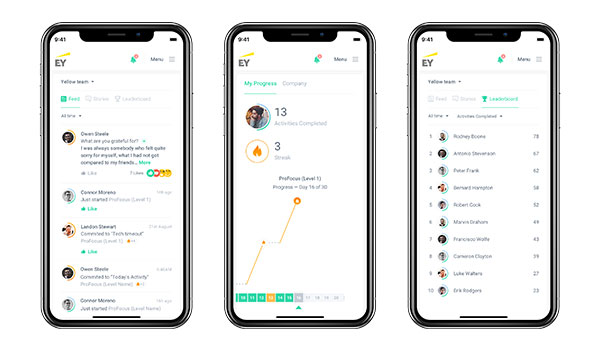
Below are examples of MicroActions that have been designed, using the habit-building phases, to mitigate unconscious biases and enhance inclusive behavior in the workplace.
Enhance Psychological Safety

Reframe Assumptions
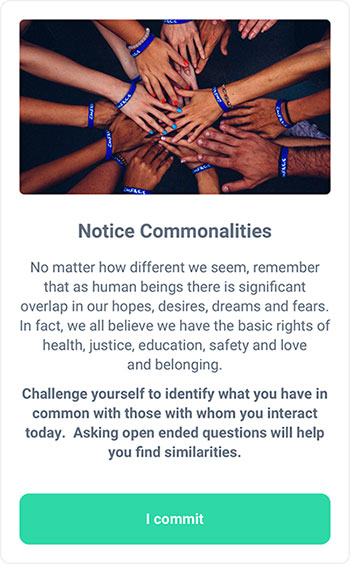
Identify Biases
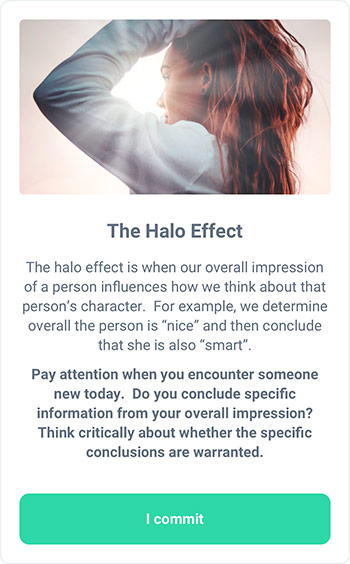
Understand Your Biases
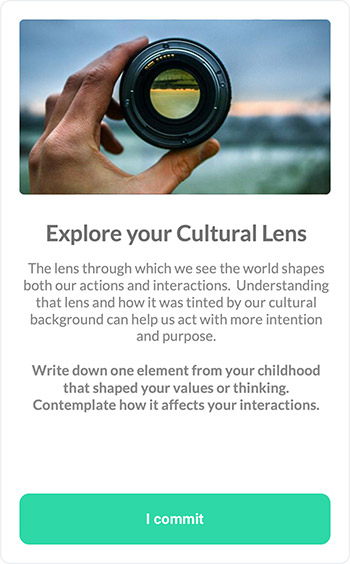
Enhance Empathy

Combat Microaggressions
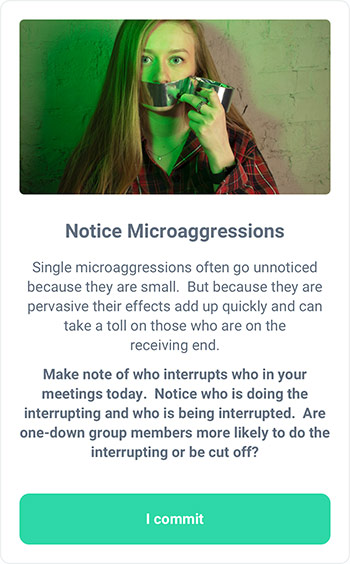
Note: Photos by Daoudi Aissa, Ganapathy Kumar, Joshua Ness, Perry Grone, Xan Griffin, Josh Calabrese, Annie Spratt, and Maria Krisanova.

Dr. Amanda J Felkey
Dr. Amanda J Felkey has a Ph.D. in Behavioral Economics from Cornell University and a Diversity and Inclusion Certificate from eCornell. She has authored award winning publications and is actively researching unconscious bias. She has 20 years of experience in decision-making research and 15 years of experience in curriculum design.







Inclusive intelligence is the deliberate teaching and implementing of inclusive behaviors in the workplace, with the goal of making the culture more accepting of diversity and keeping employees engaged. Inclusive intelligence is built on the habits of being fair, open, cooperative, supportive, and empowering.
Yet, when we make diversity an institutional goal, when we profess it as a value and build it into our organizational structures, we can fail to recognize it as a shared task that requires assiduous attention everyday.